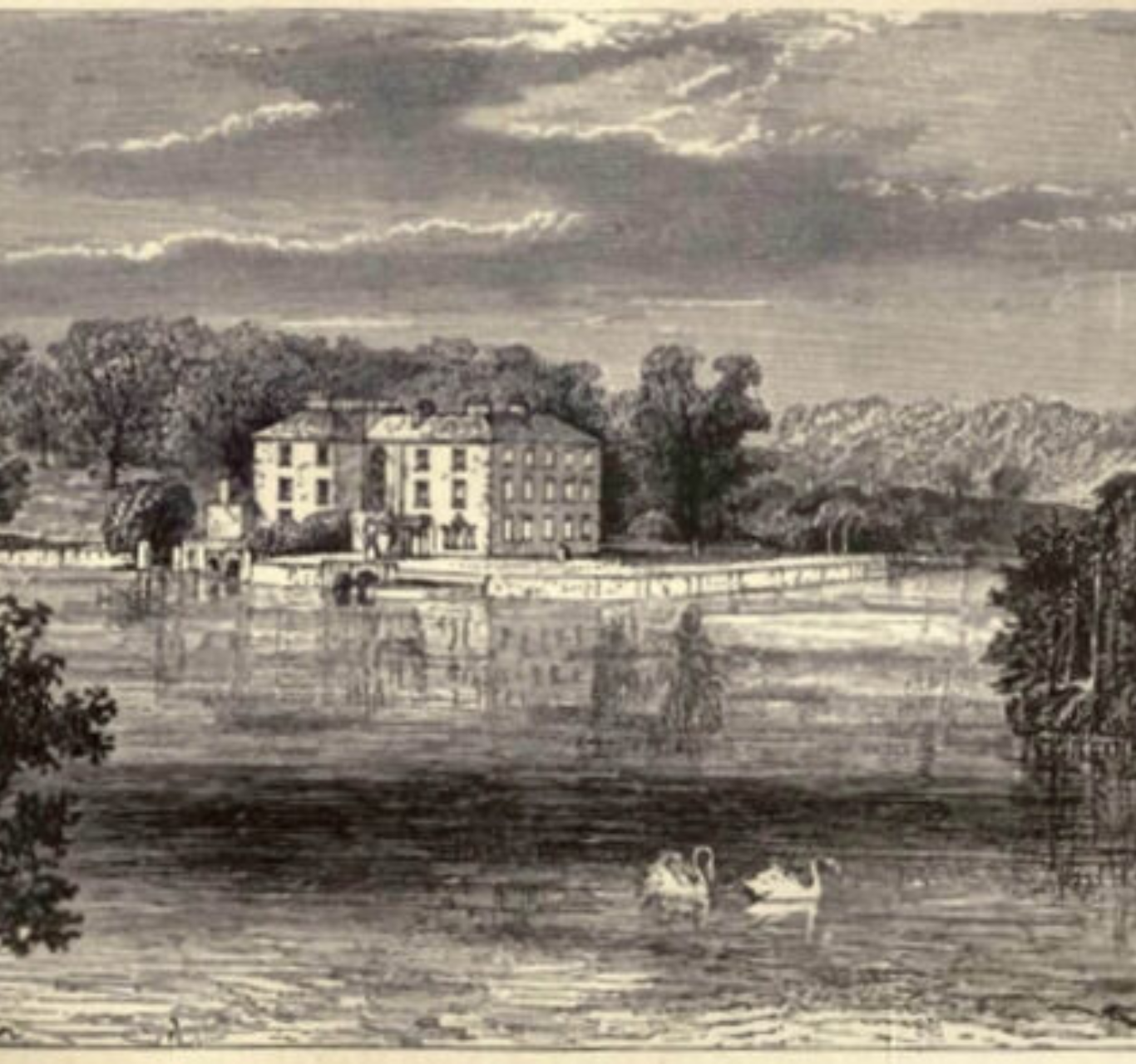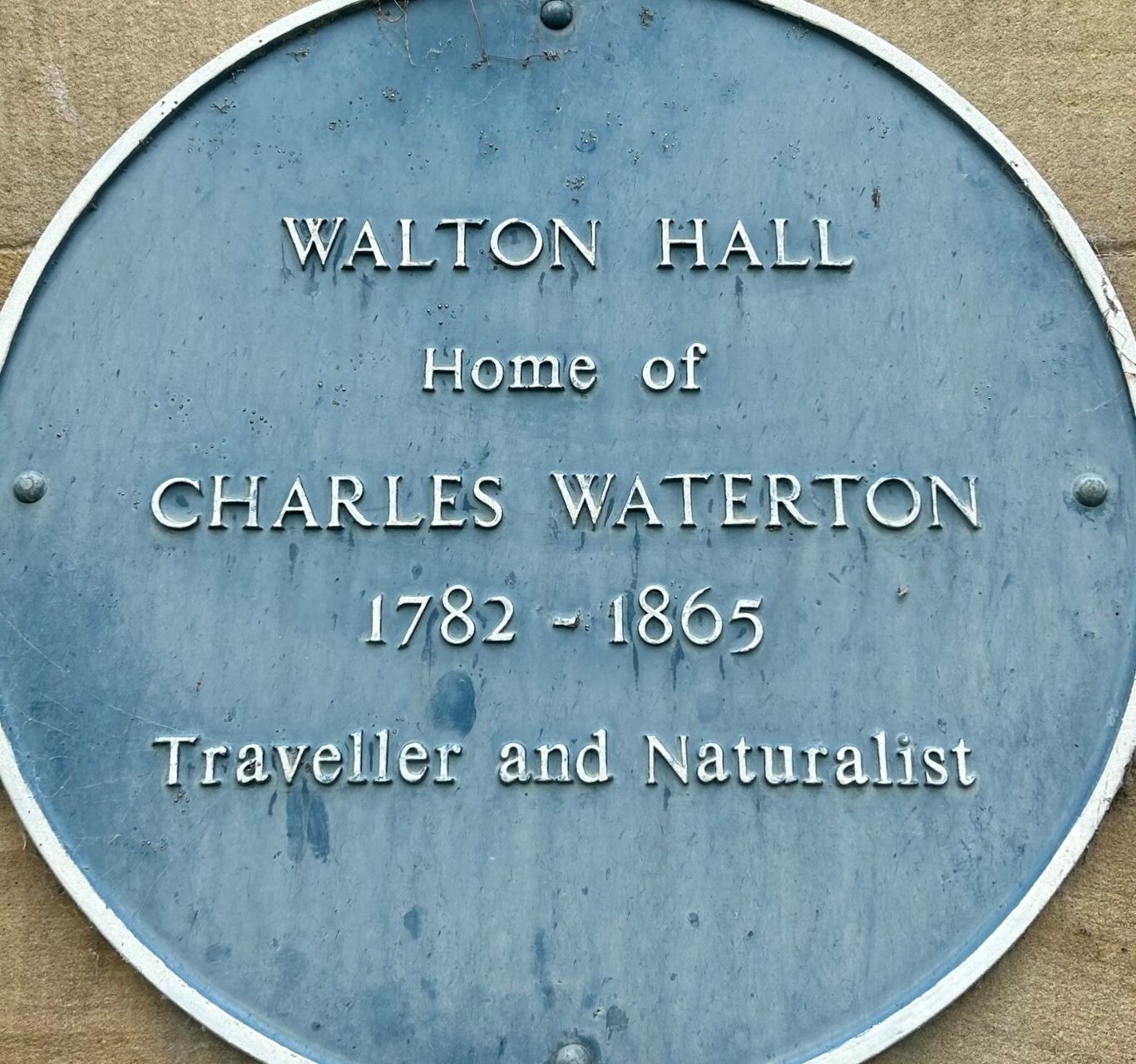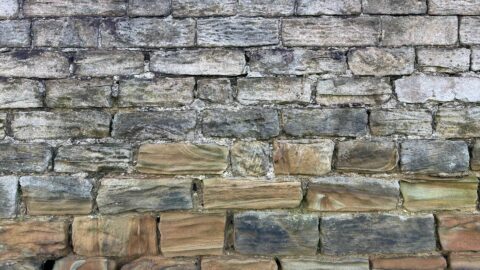A BRIEF HISTORY
OF WATERTON PARK & WALTON HALL
Charles Waterton (1782-1865)
Built on the site of a former moated Medieval hall, Walton Hall is a Palladian style house built in 1767 on an island within a 26-acre lake. It was the ancestral home of the naturalist and traveller Charles Waterton.
Waterton was a naturalist, who from a very early age was obsessed with wildlife and the great outdoors. He was a voracious traveller, who in the early nineteenth century explored the world, observing and collecting rare species of a wide range of creatures. He was also slightly eccentric, along with being a pioneering taxidermist. After returning home from his travels, Charles Waterton enclosed his 250 acre estate with an eight-foot-high wall which ran three miles. Its construction cost £10,000, took four years to build, and its primary purpose was to protect his estate from poachers, foxes, and to preserve wildfowl. Thus by doing so, he created the world’s first nature reserve.
Although he fought invasions from trespassers and industrialists, Waterton opened his land to the public so they could enjoy the wildfowl sanctuary he had created. Distinguished guests and great thinkers of the time including Charles Darwin, travelled from far and wide to visit Waterton on his estate. Inside Walton Hall, he preserved and displayed the animals he collected whilst travelling, many of which are now on display at Stonyhurst College in Lancashire. Here you can not only see the specimens of rare species he brought back to England, still in their original cases, but also track his journey through one of his favourite destinations; South America. An interesting exhibition detailing Waterton can also be viewed at Wakefield Museum.
Waterton developed his own system of taxidermy. Having seen specimens in museums and other private collections he decided, based on close observation, that he could do a better job and therefore all of his specimens are presented hollow. He famously told a visitor to his house: “Allow me to inform you that there are no stuffed animals in this house.” He used mercuric chloride to prevent deterioration and would adjust the presentation of the dead animal until it was lifelike. His collection has survived in very good condition.
Charles Waterton lived at Walton Hall with his wife Anne. Married in 1829 when she was just 17 years of age, and 30 years his junior, Anne was also his goddaughter, and the daughter of Waterton’s great friend, Charles Edmonstone. Unfortunately, the marriage did not last long, as she died the following year, shortly after giving birth to their son. Her passing hit him hard. He reportedly took to sleeping on the floor with just a blanket over him and a wooden block as a pillow – possibly as a form of penance. It is suggested that he continued this harsh practice for the remainder of his life.
Waterton loved climbing the trees on his estate, a practice he continue right up until his death in 1865. This occurred following an accident on the edge of the lake surrounding Walton Hall. A trip over brambles led to a heavy fall on a log, damaging his ribs and liver. He passed the following day and at his funeral, his coffin was transported in a black boat across the lake, followed very poignantly, by a flock of songbirds. He is buried near to where the accident occurred and today the location is marked with a cross that can be visited.
At the time, many thought Waterton’s visionary ideas were odd, quirky and eccentric. Today, we celebrate his environmental awareness and campaigns.
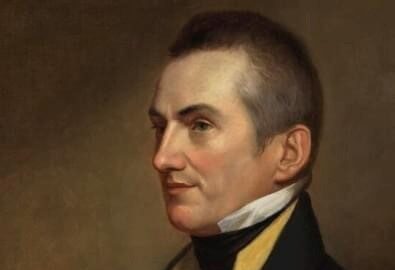
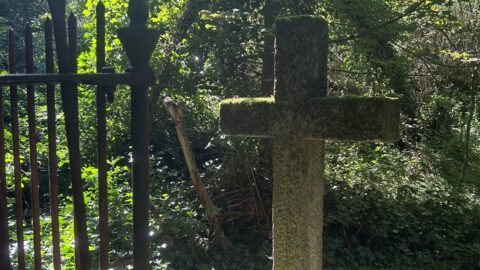
1865 Onwards
Following his passing, Waterton Park was handed to his son Edmund. However he was a spendthrift and was forced to file for bankruptcy. Consequently, three years after the death of his Father, he sold the estate and many of its contents to an Edward Simpson. Simpson was the son of one of Charles’ old adversaries; the owner of a nearby soap factory, against whom Waterton had fought a long and very expensive legal battle. The Simpsons remained at Walton Hall until the 1940’s when the Hall was requisitioned for use as an emergency maternity home under the Government evacuation scheme during the Second World War.
Walton Hall continued to be used as a maternity hospital for the local community. Many current Wakefield residents aged between 55 and 75 were born at the Hall. It closed its doors in 1966 and for the next few years the Hall sadly fell into a state of disrepair. The grounds remained wild, as befitting a nature reserve, and maybe how Waterton would have intended.
In the late 1970’s it was bought by a local entrepreneur who set about the huge task of renovation and the addition of leisure facilities to create a country club. The hotel on the mainland once housed six squash courts and gymnasium, whilst water skiing on the lake was a regular pastime.
Waterton Park Hotel has been privately owned since 1989.
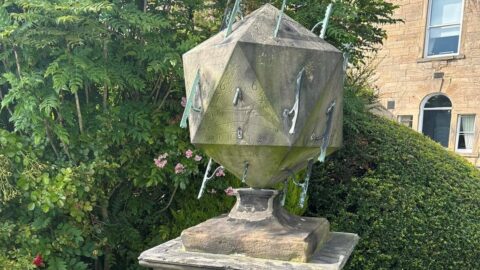
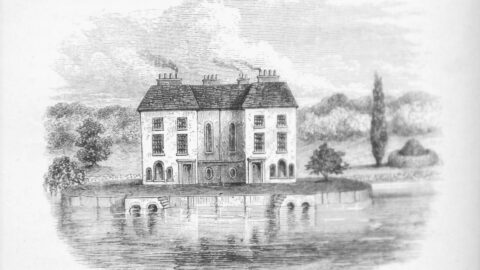
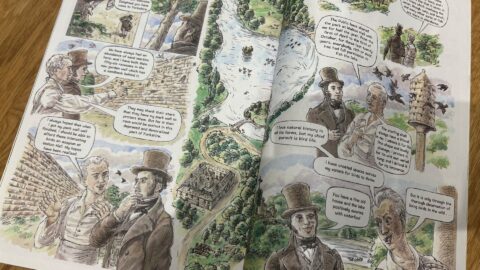
Waterton Park Estate: Points Of Interest
During your walk around Walton Hall, you may have noticed the striking sundial to the rear of the building? It’s know as the ‘Boulby Sundial’, created in 1813 and sculpted by talented local stonemason, George Boulby. It’s grade II listed, and comprises of 20 equilateral triangles. Made from an ashlar with copper gnomons, the sundial indicates the time on a range of cities around the world, including Amsterdam, Madras, Boston, Rome and Warsaw. It was reportedly purchased by Charles Waterton for just 20 guineas, after spotting it, strolling past his yard. Waterton was a keen traveller, the cities featured would have undoubtedly proved of interest, whilst Boulby was apparently more than happy for his work to be admired in the stunning estate of Walton Hall!
Upon arrival at Walton Hall, two intriguing door knockers meet all incoming guests on the main front door. Designed by Captain Edwin Jones, they bear a strong resemblance to former owner and his good friend Charles Waterton. However, an interesting feature. The left hand (smiling face) knocker doesn’t knock, whilst the right hand one (angry face) does! The smiling face could be happy for two reasons, firstly, his forehead isn’t being wrapped, and secondly, he’s finding amusement through the confusion of the guest. The unhappy face…his knocker is doing all the work! When you visit, make sure you select the right one!
The island on which Walton Hall sits has been the site of numerous manors and halls for hundreds of years. Although the current Hall was built in 1767, the only part of older buildings that are still visible are the remains of a watergate, which proudly sits at the head of the island. Possibly dating back to the 14th century, and presumably the only entrance to the island via a swivel bridge. The gates are long gone, the structure is obviously listed.
Feel free to collect our history and local walks guide from Reception. A potted history of Waterton Park, along with two walks, from the front door, that encompasses Waterton’s Wall, his grave, watchtower, and more. It can also be viewed via the link below.
